#mesquite moth
Photo

Mesquite Stinger Moth - Norape tenera - BugGuide.Net
2 notes
·
View notes
Photo
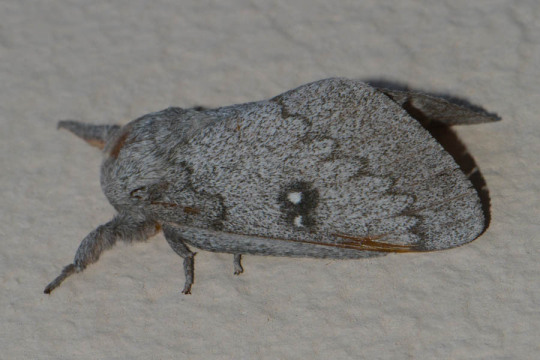
Heiligbrodt's Mesquite Moth (Sphingicampa heiligbrodti)
0 notes
Text
Hello Bug Fables, Hollow Knight, or any other bug game fans! I’ve compiled a list of some cool bugs that could make some really neat ocs!
1- Windmill Butterfly

2- Pink Leaf Beetle
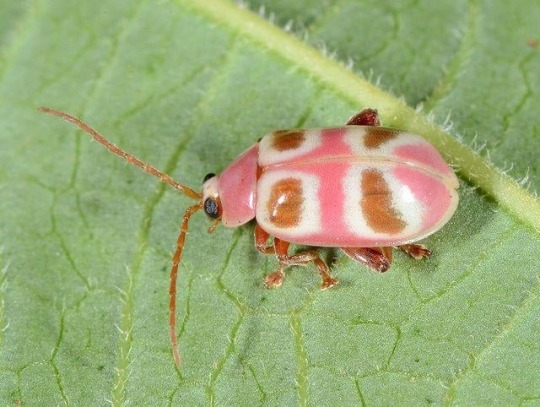
3- Blue carpenter bee
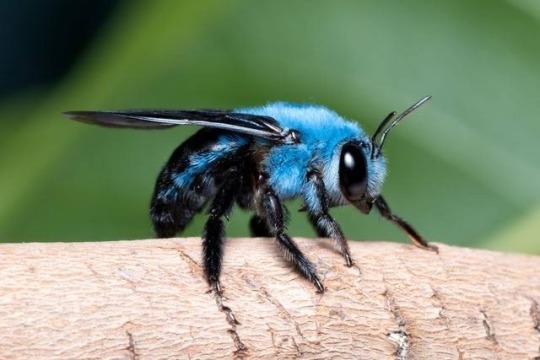
4- Cuckoo wasp

5- Garden tiger moth

6- Picasso moth

7- Spiny orb-weaver
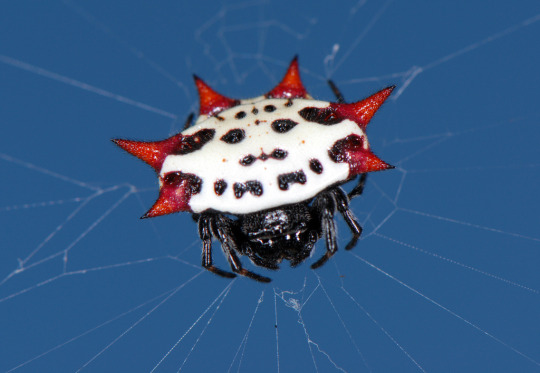
8- Giant mesquite bug

9- Trilobite beetle

10- Scarlet isopod
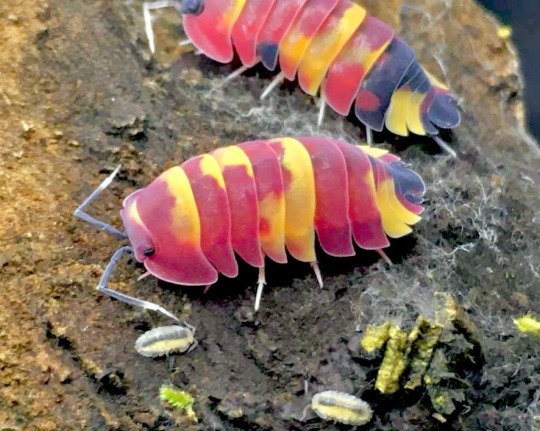
I will DEFINITELY be adding more. Feel free to reblog with your own cool bugs!
241 notes
·
View notes
Text
December 4th, 2023

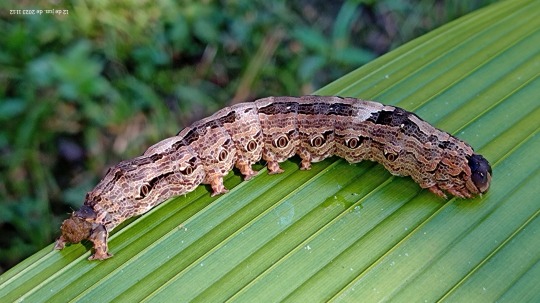
Black Witch (Ascalapha odorata)
Distribution: Normally found from the USA to Brazil, with a preference for tropical regions; may migrate into Canada and most US states, but may also be blown north by hurricanes. Introduced in Hawaii.
Habitat: Found in a variety of landscapes, but most common in tropical forests and tropical shrublands. Also occasionally found in suburbs, parks and orchards.
Diet: Adults feed on decaying, fermenting fruit, such as bananas (they're attracted by the scent of volatile alcohol released by their decomposition!). Larvae feed on the soft tissues, like flower and leaf buds and fresh shoots, of its host plants; common hosts include Acacia trees, Kentucky coffeetree, candlebrush, mesquite and fig trees.
Description: The black witch is a large moth that may travel huge distances with ease. It's not uncommon for these bugs to fly northward into Canada, which spells a death sentence for them, as their host plants' distribution is limited to tropical and subtropical areas.
Perhaps due to their large size and dark colours, there is a great deal of folklore associated with the black witch moth, often designating it a bringer of bad luck or death. In some parts of Latin America, the black witch may bring death when it enters a house in which a person is sick and in Jamaica, it's considered to embody the lost soul of a malevolent spirit. The legends aren't all bad, though; in some parts of Hawaii, the moth represents the spirit of a recently-deceased loved one saying goodbye, and in the Bahamas, it represents good financial fortune.
(Images by Katja Schulz and Raymê Carvalho)
32 notes
·
View notes
Note


You wouldn't happen to know what kind of caterpillars these are would you? These are in piney woods East Texas.
looks like Datana to me. I think that’s a walnut they’re on, too!
38 notes
·
View notes
Photo
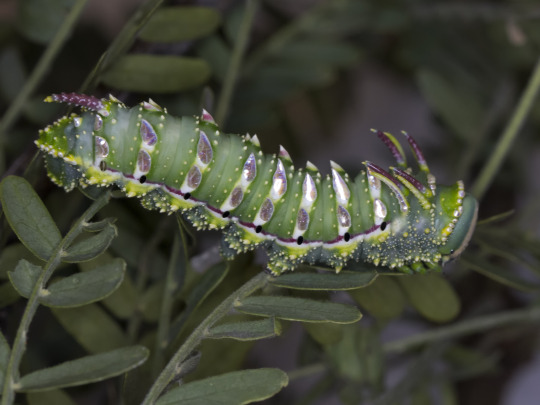
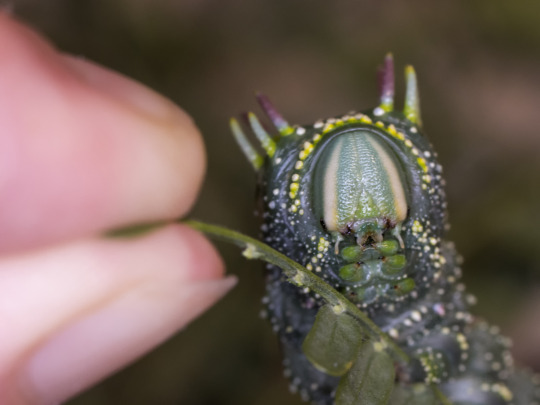
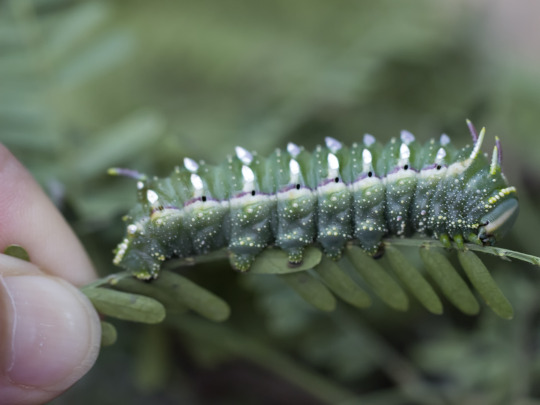

Behold the amazing mesquite moth caterpillar!
Inlandwest found two of them when he was trimming mesquite trees in the yard, and was nice enough to put them in a plastic tub of leaves until I got home.
Apparently they are somewhat common, but neither of us had seen one before (and I have spent an absurd amount of time looking at mesquite trees over the last five years). Anyway, my goal for 2022 is to find some and get better photos, because they are incredibly fancy.
Cochise County, Arizona, September 2021.
#insect#caterpillar#mesquite moth#metallic#photographers on tumblr#textless#amadee ricketts#arizona#mesquite#leaves#green#face#texture#fancy#macro#in the yard#finger#summer#september#new year same old me#silkmoth
538 notes
·
View notes
Photo

THROWBACK THURSDAY
Heiligbrodt’s Mesquite Moth (Sphingicampa heiligbrodti), outside Sinton, TX. June 2013.
Heiligbrodt’s moth has a restricted locale in the US, primarily found in scrublands in central and southern Texas. This is due to the distribution of plants its caterpillars feed on, which include mesquite trees (Prosopis spp), particularly honey mesquite (P. glandulosa). Caterpillars may also feed on acacia trees, although reports are varied. As adults, the moths are also known as “bloodshot-eyed moths” due to their blood-red hind wings. (Photo below, courtesy of Maury J Heiman, 2008).
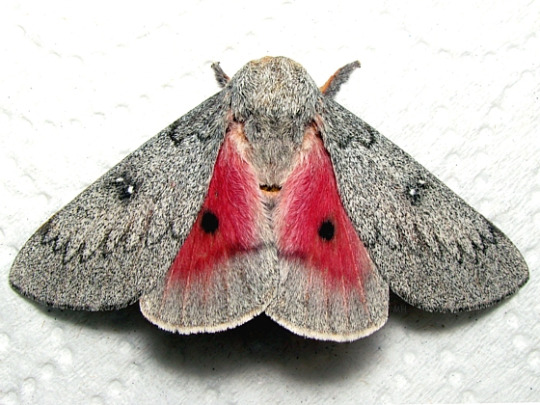
Multiple generations a year in Southern Texas, with adults as early as May and into November.
89 notes
·
View notes
Text

today’s funky frog of the day is: bufo retiformis! commonly known as sonoran green toads, they are found in northern mexico and the southwestern united states. typical habitats are arid and semi-arid plains with grass, creosote bush, mesquite, and saguaro. they are nocturnal, and little is known about their behavior outside of the breeding season. they may live underground and only emerge during the wet conditions, and it is unclear whether or not they estivate. they breed from july to august, and the male’s call resembles "the buzzer on an electric alarm clock.” herpetologists assume these frogs feed on beetles, ants, moths, and winged termites, and they are expected to live for around 10 years.
412 notes
·
View notes
Text
What Does the Future Hold for the Joshua Tree?
https://sciencespies.com/nature/what-does-the-future-hold-for-the-joshua-tree/
What Does the Future Hold for the Joshua Tree?


A starlit night at Joshua Tree National Park.
Getty Images
As the legend goes, it was 19th-century Mormon settlers who gave the Joshua tree its name, inspired by the plant’s bent and clubbed branches, which recall the biblical Joshua raising his arms in prayer. The etymology is apocryphal, but given the threats posed by climate change, these eccentric plants, and the California park named after them, might well need divine intervention—as well as new legal protections and conservation measures.
Ringed by mountains and covering parts of the Mojave and Colorado deserts, Joshua Tree National Park’s rugged landscape features granite boulders, miles of cactus-filled flats, animals like the darkling beetle that can go a lifetime without a sip of water and the park’s namesake plant in all its twisted glory.
Now completely arid, the land cradling the park once contained grasslands where mammoths and saber-toothed cats roamed; during the last ice age, giant ground sloths fed on Joshua trees, dispersing their seeds. The earliest known people in the area, the Pinto culture, were big-game hunters whose spear points have been found across today’s park. Even as the area warmed and dried, it has remained home to Native peoples—the Serrano, the Mojave, the Chemehuevi and the Cahuilla—who have drawn water from lush palm oases, gathered acorns and mesquite pods for food and used the tough leaves of the Joshua tree, which the Cahuilla call humwichawa, to weave baskets and sandals. By the mid-1800s, Native inhabitants were partly displaced by Western cowboys, ranchers and miners, whose long-abandoned homesteads are now disappearing under the sand.
Among the park’s long history of defenders, Minerva Hamilton Hoyt—a wealthy Southerner who moved from Mississippi to California in the late 1890s and grew to love the desert—is foremost. She spent two decades seeking to protect the area from cactus poachers, leading Franklin Delano Roosevelt to designate it a national monument in 1936; it became a national park in 1994. (Hoyt is celebrated in a 5,405-foot-high mountain named after her, and in Mammillaria hamiltonhoytea, a species of cactus.)

Minerva Hamilton Hoyt worked with Secretary of the Interior Harold Ickes and others to protect the Joshua Tree region.
National Park Service
Today, driving past teddybear cholla cacti, one glimpses jackrabbits, roadrunners and coyotes. Surprisingly cozy campsites sit tucked amid giant monzogranite boulders that beckon rock climbers, and a short hike can bring you to a shady palm oasis perched atop an earthquake fault.
The Joshua tree, Yucca brevifolia, is a succulent—some botanists don’t consider it a tree. There are two distinct species: one with a tall, trunklike stem, one bushier. The plant’s contortions have won generations of fans. As author Jeannette Walls writes, “It’s the Joshua tree’s struggle that gives it its beauty.”
Able to live for hundreds of years and rise more than 40 feet, the plants provide some of the park’s scarce shade. A keystone species supporting the area’s wildlife, Joshua trees—pollinated by a special species of moth—reproduce by bearing seeds. They offer shelter for pack rats and sharp leaves on which loggerhead shrikes impale their prey, and are a hallmark of the Mojave, which stretches across the park’s western half. To the east lies the Colorado Desert, a land of creosote, kangaroo rats and wildflowers that bloom after winter rains.
In August 2020, a 43,000-acre fire killed more than a million Joshua trees in the nearby Mojave National Preserve. Though the plants have existed for some 2.5 million years, ecologists warn that they could be nearly eliminated in the park that bears their name by 2100 unless global warming is curbed soon.
Already, botanists are seeing fewer juvenile Joshua trees, which need moister ground to survive. They’ve also seen “fairy rings”—circles of baby Joshua trees that sprouted not through pollination but as clones, unable to disperse; the plants’ unique pollinators, yucca moths, face an uncertain future as the climate warms. One conservationist calls the Joshua tree “a symbol of our utter failure as a society to address climate change.” The plant’s loss could mean the collapse of the Mojave’s high-desert ecosystem.
Nearly three million people visit the park each year, and entering vehicles back up for miles on busy days. With limited spots for camping and parking, many visitors flout regulations and camp or park on delicate lands. During a 35-day government budget shutdown in 2018 and 2019, vandals cut down Joshua trees and carved new roads through protected areas.
Meanwhile, smog from Los Angeles flows east through the San Gorgonio Pass, bringing ozone and soot. Nitrogen borne by smog fertilizes invasive grasses, which fuel wildfires that kill Joshua trees.
Last year, California began debating whether the Joshua tree should become the state’s first plant protected by law because of climate change. Conservationists continue to remove invasive grasses, to bank seeds and to grow seedlings to replace Joshua trees lost in fires or windstorms. They’re also buying land so that Joshua trees can expand into cooler, higher pockets. The 19th-century explorer John Frémont may have called the plant “the most repulsive tree in the vegetable kingdom,” but those who love these gnarled treasures aren’t giving up on them, or on the park they call home.
Working to preserve the unique life-forms and ancient heritage of the Joshua tree’s habitat
By Rebecca Worby
Mojave Desert Land Trust Seed Bank

(Mojave Desert Land Trust)
Since 2016, this organization has collected seeds and spores from more than 500 Mojave Desert species to provide an insurance policy against the plants’ extinction. Specimens are harvested, cleaned, documented and stored in refrigerators. The group hasalready deployed seeds from the depository in restoration projects, including in places where wildfires have destroyed wide swaths of vegetation.
Native American Land Conservancy

(Native American Land Conservancy)
This group works to protect and restore sacred sites within the ancestral territories of the Cahuilla, Chemehuevi, Mojave and Serrano peoples of Southern California. Recently the conservancy acquired a petroglyph-filled area at the northwestern edge of the park that has been continuously occupied by indigenous peoples for thousands of years.
The Joshua Tree Genome Project

(The Joshua Tree Genome Project)
As climate change threatens to eliminate the Joshua tree, these scientists are working to sequence the plant’s genome. With help from citizen scientists and local conservation organizations, the project has also planted thousands of Joshua trees at four different sites that represent the climatic range spanning the Mojave. By monitoring these plants, scientists hope to pinpoint the genes that help seedlings survive.
Hardshell Lab’s Tortoise Protection Technologies

(Hardshell Labs)
A major threat to the Mojave’s desert tortoise, listed as threatened under the Endangered Species Act since 1990, is a population boom among ravens. The birds hunt juvenile tortoises, whose soft shells offer little protection. Biologist Tim Shields founded a nonprofit that fields realistic “techno-tortoises”; when attacked, the 3-D printed replicas release methyl anthranilate, a non-toxic substance, derived from grape juice, that repels ravens—and conditions them to let baby tortoises be.

California
Conservation
National Parks
Trees
Wildfire
wildlife
#Nature
8 notes
·
View notes
Photo

Mesquite Looper Moth
1 note
·
View note
Text
Staring out the window
From the front seat
On the long Texas highways
Between here and everywhere
Are you in the fields
Enjoying a rocking chair
Rolling up your sleeves
Are you letting your body be
Or are you running free
As a kite trailing a kid
Chasing childhood
Wondering how deep the wilderness goes
If you could get lost there
Imagining
A place outside of time
Where the unexplored and uncharted explode
Copper-colored
Into an ongoing genesis of rapturous overgrowth
Like me
When I'm with you
Bursts of spring, summer, and autumn
All in July
Where my love is
Always
Sustaining
Wild berries and earthworms
Easy on the sole
Smooth stones
Pillowy clovers
Speckled with holiness
Showers of petals
Rainbows you could roll in
Contented
Composed by a creator who chortles
Whose sighs filled the skies with pastel rainclouds
With a wide smile spanning the horizon
Trickling through silhouettes
Glowing gently golden
Otherwise ethereal
Ivies draped in soft shadows
Tangles of muted yellows,
Tans, and greens
Wild bastard cabbage and mesquite beans
Butterflies blending in with everything
Painters' palettes bathed in envy
Swatches of moths
Birds dressed in plumes of rouge and camouflage
Mockingbirds for the everyman
The incidental music of frogs
Loud as laughter
Splashes and rustling
Pools of agate and opal
Puddles stretched over limestone
Floods of aloe vera
And fungi enough to carpet purgatory
Ascending and descending
Branching emanations
Leaves of every shape
Unknown to Audubon
Menageries of insects in rotten hollows
Living
Gemstone gorgeous
The light caught in spiderweb Parthenons
Shed snakeskins snagged on natural scepters
Miles of mossy bark
and earth magic
Trails of a million different directions
Brooks that won't stop babbling
Reasons to bend at the knee
Humbled
Views worth sharing
Weeds and all
Prairie grasses
Fourteen-foot roots
Trees a few stories tall
Gnarled but climbing defiantly
With foolproof footholds
The resilience of reckless existence
Grounded saplings
Pinching sticker burrs
Stretching sunflower blossoms
Fossilized amber
I want to hold your light like a covetous moon
Restlessly
Daydreaming
Singing to you the way crickets serenade stillness
Sending out soliloquies
Along with silence
Sorrows and longing
Both sharing notes at times
Passing playground secrets
Small as schools of minnows
Darting under water lilies
Hidden by the shimmering from there to paradise
Back to the Great Lakes of mirages ahead of us
Disappearing the asphalt like a great flood
But my love lives out there too
In many more multitudes
From the front seat to the fences
To the stars and their heavenly bodies
Piles of clothes
Heaped up ziggurats of socks and underwear
Cotton cairns taller than Babel
Reassurance that bodies aren't temples
Or any altar of worship
Really
They're great and sprawling
Living things
With alcoves to explore
Dim meadows
Backroads
Littered with life
Red-eared sliders and box turtles
Frolicking flights of grasshoppers
Alabaster angels of all sorts
Deliverances of dandelions
An entire kingdom of bluebonnets and daisies
Palm frond crowns
Spanish moss robes
The vast Pineywoods adorned in paisley
Flares of magnolias and prickly-pear
Bayous brimming with beauty
My love for you
Growing
More alive than anything
Even when you feel alone
It reaches for your hand
Hoping here feels a little more like home
Pulling you closer
Speaking whispers into truth
How I want to go with you
To the secret places we might find
Where not even the angels can see us
6 notes
·
View notes
Photo

Mesquite done using only the colors from @mogai-moth‘s Abra Ace flag!
12 notes
·
View notes
Note
🌻
i looked up phrases of moths and magic but really moths are the ultimate magical girls. i mean they have such a beautiful (and lengthy) transformation sequence, in which they literally turn to mush and rearrange themselves into something entirely new, and yet, scientists have found they retain at least some of the same memories
absolute icons

[ID: a photo of a female black witch moth, via www.whatsthatbug.com. end ID]
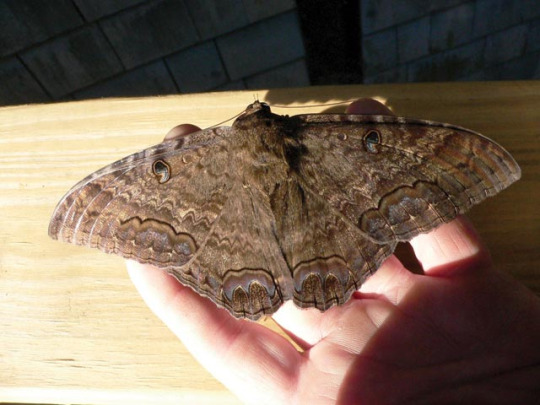
[ID: a photo of a male black witch moth on top of a human hand. it’s wingspan stretches slightly longer than the wifth of the hand. photo from the mv times. end ID]
the black witch moth (ascalapha odorata) is a very large moth (with a winspan of up to 7 inches/17.78 cm) that is often mistaken for a bat at first glance. despite it’s name, which likely resulted from being seen in the dark at night, it’s actually a brown moth! it has slight gender differences (the females are slightly larger than males, as well as lighter in color and possess a pale white, almost iridescent median band through their wings.)

[ID: photo of a black witch caterpiller. it is black with reddish brown stripes. photo from www.texasento.com. end ID]
the caterpillars mostly eat legumes, and prefer acacia and mesquite. they are not an agricultural pest, and have no real teeth or stingers, even as adults. the adults eat overripe fruit, especially bananas, legumes, and acacia leaves.
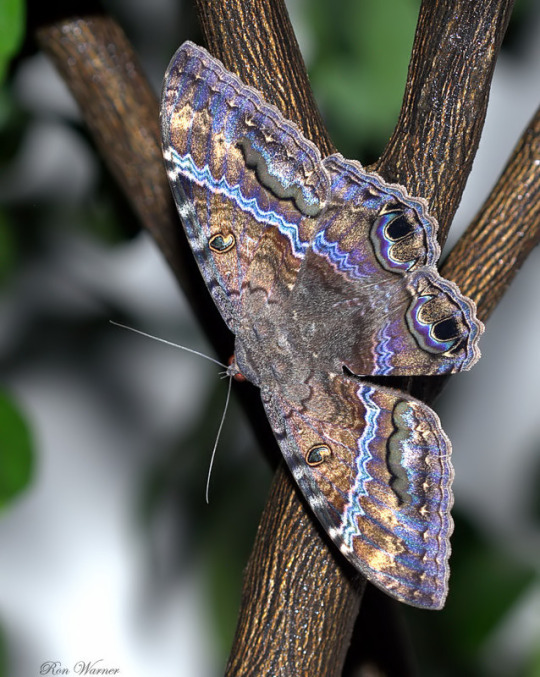
[ID: a female black witch moth that appears to be irridescent in some places. it is resting on a tree. photographed by ron warner, image found on treknature. end ID]
this moth is not a bat, but it still has echolocation, in order to avoid real bats while flying!!
the father of taxonomy himself, Carl von Linné, gave the original scientific description of this moth in 1778, and stated this moth’’s location to be america. they are native to central america and mexico. however, this moth lives throughout the New World tropics (south to brazil). they migrate north june to october because of the rainy season in mexico towards the american southwest. they also live year round in south florida
this moth is also known as the bat moth, La Sorcière Noire (French) and Mariposa de la Muerte (Spanish/Mexico) Miquipapalotl/Tepanpapalotl (Nahuatl/Mexico, meaning miqui = death, black + papalotl = moth, and the aztecs called them x-mahani-nail (the habit of entering buildings). theres another name i’ll get to in a second
these names often have to do with them and the superstitions attached to them! x-mahani-nail refers to how they can often be found sneaking into people’s houses, while mariposa de la muerte (meening butterfly of death) is reflected in the belief that if they enter the home of someone who is sick, that person will die (alternatively, some believe it must travel to each corner of the house to invite death. this belief is most prevelant in the lower rio grande valley, or southernmost texas).
in some parts of the caribbean, it’s believed that this moth is actually a witch in disguise, and seeing it means someone put a curse on you. in jamaicia, it’s known as a duppy bat, and it’s thought to be a lost soul.
the bahamian name is “the money moth” and they believe that if the moth visits you home, you’ll come across money soon. where i live, southern texas, some believe that if a black witch moth roosts over your door, you’ll win the lottery!
in mesoamerica, these moths were associated with death and the number four. in some parts of mexico, it’s a joke that if this moth flies over your head, you’ll lose your hair!
another superstition is that seeing one means someone has but a curse on you. in hawaii, it’s believed that if you just lost a loved one and this moth enters your house, it’s your loved one coming to say goodbye
i think it’s interesting, how this moth represents both fortune and misfortune. it would definitely make for a good art piece with nagito komaeda, aha,,,
#i only knew a little about these moths before so this was fun!!!#moths#i suppose you could say these are my lucky moth! i hope i can see on someday#nbmahoushoujo
5 notes
·
View notes
Photo
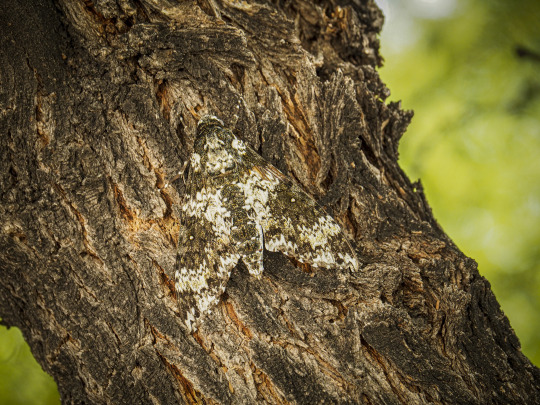
This rustic sphinx moth slept in our mesquite tree the other day. Notice how well it is camouflaged against the bark.
1 note
·
View note
Photo



A few shots from a lovely and very warm hike @derkeethass and I took this morning, featuring beautiful flowering palo verde boughs, and one of my persistent yet elusive desert friends, the checkered white moth. This one was persuaded to sit still on some rambling milkweed vine just long enough for a picture, then fluttered off on its important business. The early palo verdes are now setting sweet, pea-like seeds, while mesquite fragrance still fills the air and the ironwoods patiently wait for their turn. I still want to catch their quick flash of pink, as well as the hard-to-reach saguaro flower, before the dead heat of summer sets fully over the mountain. My outings may slow down a bit, but we’ll try to get up north to milder climates as often as possible. Until then, keep an eye out, and thanks for all the recent interest!
#photos#landscape#nature#macro#arizona#desert#southwest#phoenix#mountains#wildflowers#palo verde#moth#butterfly#hiking#adventure#travel
21 notes
·
View notes
Photo

Thanks to @fatchance for the likely ID - an Abbot’s Bagworm moth. So the case is not just a pupa case, but also the home of the caterpillar and the (flightless) adult female.
#insect#pupa case#mesquite#leaves#photographers on tumblr#textless#amadee ricketts#macro#in the yard#probably a moth?#the case was longer than my index finger
32 notes
·
View notes